Technology
Ion Mobility Spectrometry
What is Ion Mobility Spectrometry (IMS)?
Ion Mobility Spectrometry (IMS) is an analytical technology that separates analyte mixtures into their component compounds and then detects what these compounds are.
Separation of compounds is based on the specific drift times that ionised compounds need to pass a fixed distance (drift tube) in a defined electric field. The drift time of each substance is determined by the mass and geometric structure of its own ions. These parameters determine the number and rate of collisions with the drift tube walls that, in turn, impact upon the speed of transit through the drift tube. An electrometer then measures the resulting ion current as a function of time.
IMS is an ideal tool to analyse gaseous and liquid headspace samples. Its ultra-sensitivity and rapidity make it ideal for situations where quick results are required, when compound levels are low or where analysis is better done on-site rather than in a laboratory.
Comparative specifications: IMS vs other techniques
Would you like to understand whether IMS is the right choice for your lab or application? This table may help you:
| TD/GC/MSD | PTR-TOF-MS | SIFT-MS | GC/IMS | |
| Deployment | Laboratory | Laboratory | Laboratory | Lab & Point-of-Care |
| Mass range | 1050 amu | 20 – 180 amu | < 300 Da | < 1000 Da |
| Ions | positive | positive | positive | positive, negative |
| Detection limit | ppbv-ppmv | pptv | ppbv | pptv-ppmv |
| Gas consumption | Helium | Helium | Helium | Air |
| Vacuum pump needed | yes | yes | yes | no |
| Measurement time | 60 – 120 min | 30 min | 30 min | 10 min |
| Weight | 96 kg | 170 kg | 212 kg | 18 kg |
| Dimensions (cm x cm x cm) | 88 x 56 x 50 | 56 x 130 x 78 | 90 x 72 x 88 | 45 x 35 x 28 |
| Personnel needed for operation | Scientist | Scientist | Scientist | Technician |
GC-IMS vs GC-MS
While IMS can be complimentary with many analytical techniques, it can often be seen as an alternative to GC-MS. So, how do they compare?
Performance
- GC-IMS is ideal for detecting variations in known matrices
- Rapidly detects small differences in complex samples
- Faster and more reliable screening than human sensory panels
- As sensitive as standard GC-MS for a wide range of VOCs
- Inherent two-dimensional separation allows fast throughput of complex samples
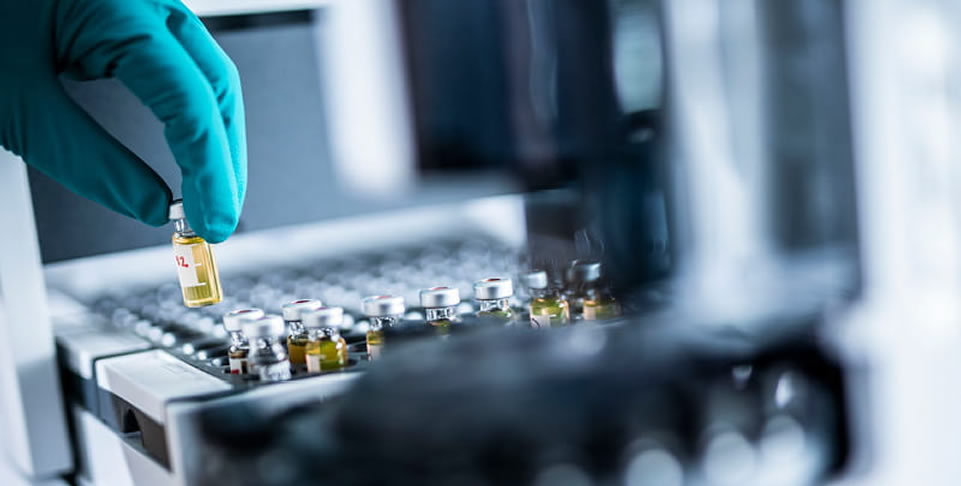
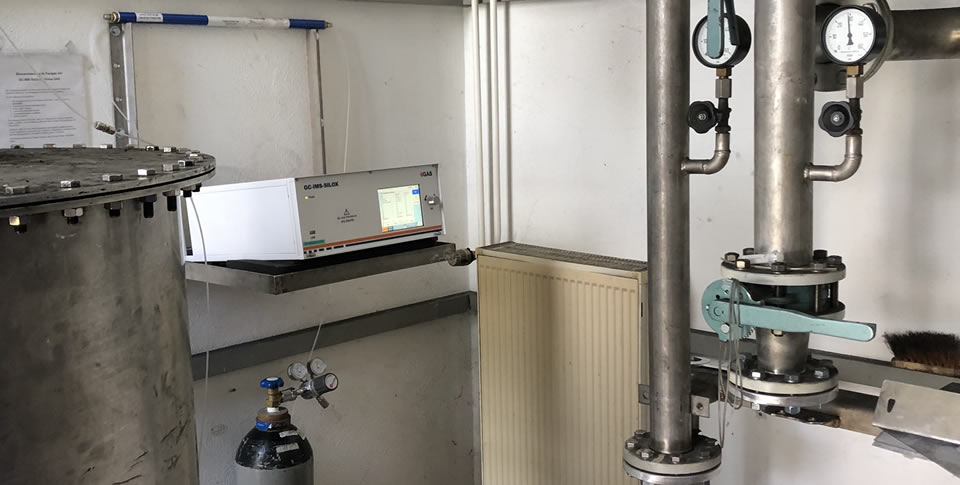
Low ongoing cost of ownership
- Simplicity of operation means the system just keeps running
- Reproducibility and repeatability mean low frequency of calibration
- Designed to run continuously in the lab or at-site
- Requires only high purity nitrogen as carrier and drift gas
- Can be operated by personnel with non-specialist training
- Uses standard laboratory consumables
- Routine maintenance conducted by end-user
At home, in the laboratory or on-site
- Compact all in one solution (sampling, separation, detection and analysis in one box)
- Easy to transport
- Simple interchange between advanced user or turn-key interface
- Ideal for remote locations
- Can store data locally for interrogation or download, or transmit via a network
- No vacuum pump to maintain
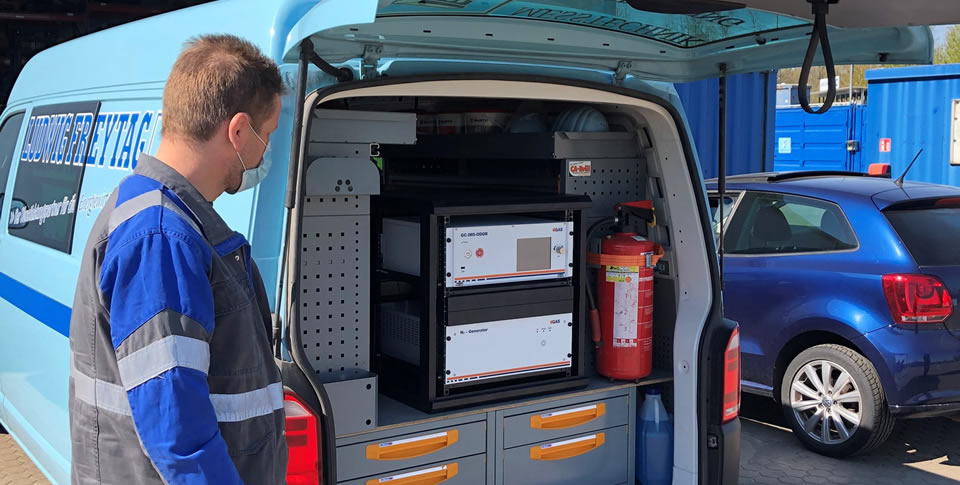
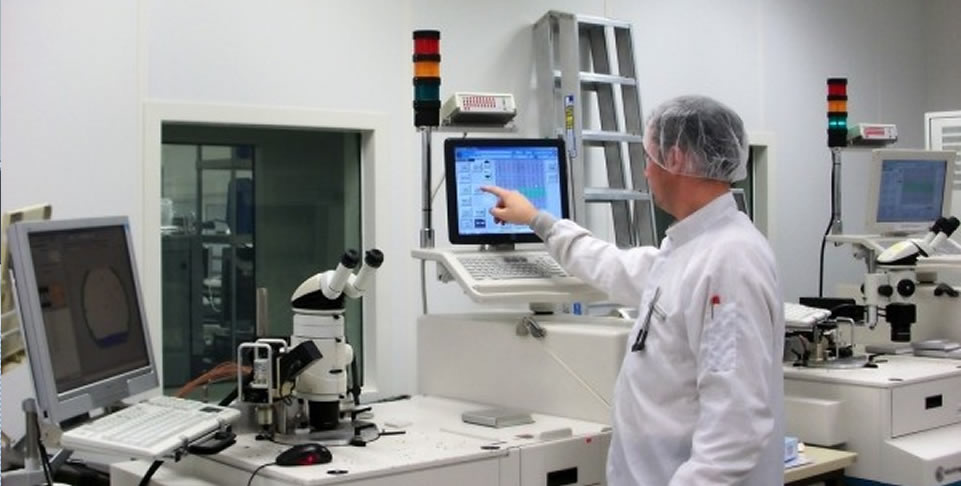
Intuitive software
- Allows simple on-instrument output of results and/or data mining by advanced users
- Makes complex chromatogram comparison easy
The problem to be solved
Early and accurate detection of the presence of a disease in an individual is key to improving outcomes for patients and value for healthcare providers. Breath analysis is one of the technologies emerging from the realms of Big Data and computing advances that holds promise to make early detection of disease a reality. Early identification of metabolic disease processes would be a game changer for more effective treatment and management of infectious diseases, cancers and chronic lifestyles diseases, to name just a few conditions.
A role for Volatile Organic Compounds
Volatile organic compounds (VOCs) in exhaled breath contain large amounts of chemical information that reflect the biological mechanisms and metabolic processes at play within an individual at any given point in time. When analysed into metabolic profiles, this information can be used as a biomarker to detect the presence of disease condition.
Until recently, sufficiently sensitive analytical technology and computing power has not been available to be able to detect, quantify and extract patterns that can be associated with specified disease states from very low concentrations of compound. Imspex Medical’s GC-IMS technology addresses this gap.
Our GC-IMS technology
Our technology combines the analytical chemistry strengths of gas chromatography (GC) and Ion Mobility Spectrometry (IMS) with Big Data multivariate data analysis power. Analytical chemistry results are analysed with proprietary integrated software to identify digital compound signatures and to link these to given target disease indications.
Detection using this ultrasensitive method yields rapid and accurate results, even with low compound concentrations. It is robust and can be used in both centralised laboratories and for decentralised testing. This makes it equally applicable for use in environments ranging from laboratories through to community healthcare and mass screening situations.
Technical characteristics of GC-IMS
Early and accurate detection of the presence of a disease in an individual is key to improving outcomes for patients and value for healthcare providers. Breath analysis is one of the technologies emerging from the realms of Big Data and computing advances that holds promise to make early detection of disease a reality. Early identification of metabolic disease processes would be a game changer for more effective treatment and management of infectious diseases, cancers and chronic lifestyles diseases, to name just a few conditions.
| Ultrahigh sensitivity | Detection Limits in the low ppb (μg/m3) range for VOCs with heteroatoms like ketones, aldehydes, alcohols, amines, or halogenated compounds |
| High selectivity | Specific analyte ion drift times 2-Dimensional separation Full orthogonality |
| Flexibility | Capability to generate both positive and negative ions |
| Low Pressure Ionisation | Use of Atmospheric Pressure Ionisation (API) |
| GC parameters | High GC sampling frequency |
| Regulatory conformity with respect to 3H | No license for 3H source required according to EU directive 96/29 EURATOM Radiation protection officer not required |
| Confidence | High reproducibility |
| Gas supply | Nitrogen or synthetic air |
| Data analytics | Stand-alone data acquisition software and software suite for 3D GC-IMS data analysis |
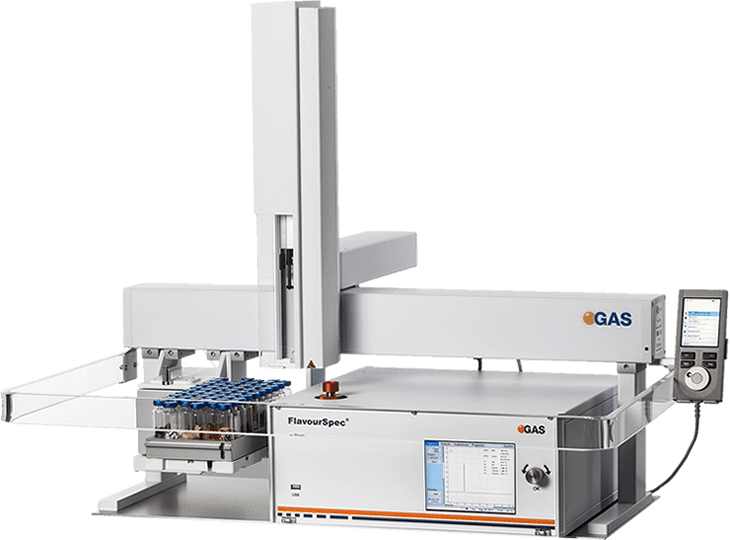
GAS Technology
Our proprietary technology combines gas chromatography with ion mobility spectrometry to form a robust, selective and ultra-sensitive GC-IMS combination that has multiple research, industrial, environmental and, most recently, medical applications. The technology was developed and is manufactured by G.A.S. mbH who was acquired by Imspex Diagnostics Ltd in 2013. Imspex Diagnostics is also G.A.S. mbH’s representative for UK equipment sales.

